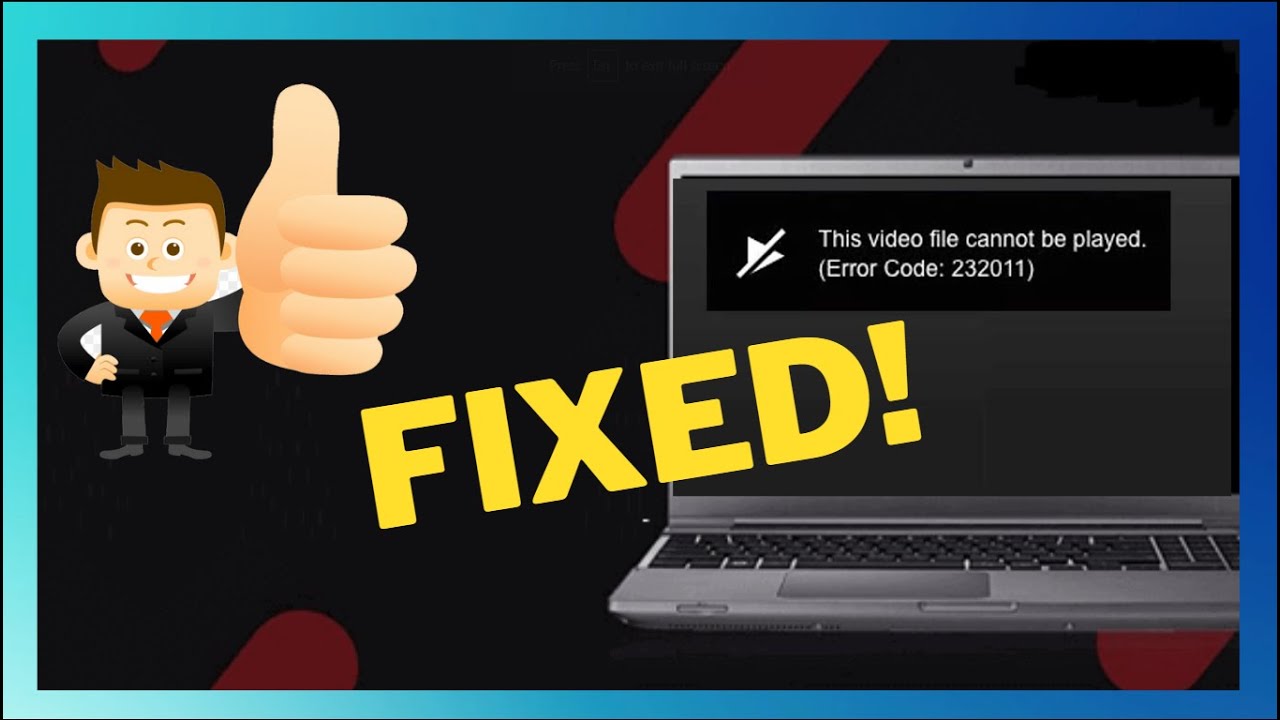If you manage a history museum, one of your main goals is to educate the public about different historical periods and events. But you also know that it can be challenging to get people interested in learning about history. That’s where infographics can help.
Infographics are a great way to communicate visually appealing and easily complex information. And when it comes to history, plenty of fascinating facts and stories can be told through an infographic.
Here are 7 benefits of using infographics at your history museum.
-
Take a Complex Topic Like History and Break it Down
Regarding history, infographics can be an incredibly effective tool for visual learners. By presenting information more easily, infographics can help students grasp complex concepts and retain information more effectively.
In addition, infographics can be a helpful starting point for further research. Cool infographics can help students identify areas they would like to explore in more depth by providing an overview of a topic.
Whether you’re a visual learner or just looking for an exciting way to learn about history, an infographic can be a valuable resource.
-
Make History More Relatable
When used correctly, infographics can make history more relatable and show how it has shaped the world we live in today. For example, an infographic on the history of the automobile might include information on when and where the first cars were invented. It can also show how they evolved through striking visuals and how they have affected our lives.
Knowing our history might not be everyone’s favorite pastime. However, if you show in your infographics why history affects everything we have right now, then your audience might take an interest.
-
You Can Incorporate it Into Your Marketing Materials
If you’re looking for a new and fresh way to market your history museum, consider using infographics! You can use poster maker software to create infographics highlighting the critical points of your museum’s exhibitions and events.
Plus, infographics are highly shareable on social media, so they can help to reach a broader audience. Whether promoting a new exhibit or highlighting an upcoming event, infographics can be an effective marketing tool for your history museum.
-
Great Way to Engage Students About Historical Topics
Museums are often thought of as stuffy institutions, but they can be a lot of fun. They’re a great way to engage students and help them learn about different historical topics.
For example, many museums offer hands-on activities that allow visitors to experience history firsthand. In addition, most museums have interactive exhibits that make learning about history more enjoyable.
And finally, museums often host special events that bring history to life. Whether you’re interested in art, science, or history, there’s sure to be a museum that can teach you something new.
So next time you’re looking for a fun and educational activity, consider visiting your local museum.
-
Save Money and Time
The infographics world is constantly evolving. More tools and resources are now available than ever to help you create high-quality visuals.
While it is possible to design an infographic on your own, working with a professional infographic designer can ensure that your finished product is accurate and visually appealing. Plus, professional designers often have access to tools and resources that you might not be able to find on your own.
Hiring a professional designer can vary depending on the project’s scope, but it is typically much less expensive than other traditional forms of marketing and advertising.
In fact, by working with a designer to create an infographic, you can save money for your history museum while still getting the word out about your important work.
-
A Great Investment for Your History Museum
As the saying goes, a picture is worth a thousand words. Given the amount of information that needs to be conveyed in a history museum, infographics can be an invaluable asset.
By presenting information clearly and concisely, infographics can help engage visitors and improve the overall flow of the museum. In addition, infographics can highlight key points or tell a story, making them an ideal tool for engaging visitors of all ages.
While they may require an initial investment of time and resources, the payoff can be well worth it for history museums looking to improve the visitor experience.
-
Fun and Engaging Way For All Ages
One of the best things about infographics is that you can use them to teach a wide range of topics, from local history to world events. In addition, infographics can be an excellent tool for sparking interest in a particular subject.
For example, an infographic about the American Revolution might encourage someone to learn more about that period.
Whether you are looking to learn about history or want to engage your audience, infographics are a fun and effective way to do it.
Conclusion
Museums are a great way to learn about different historical topics, and using an infographic creator or maker can help engage students and teach them about them.
While they may require an initial investment of time and resources, the payoff can be well worth it for history museums looking to improve the visitor experience. So if you are looking for the best way to promote your history museum, consider using the best infographics.
Promote your history museum using the best infographics. Sign up with Venngage and check all of the best templates and designs perfect for your museum.









Leave a Reply